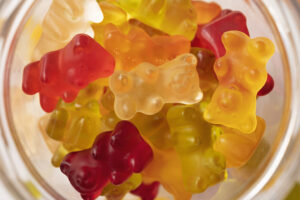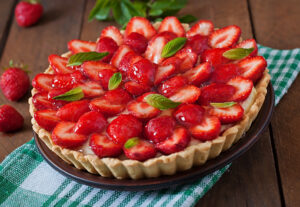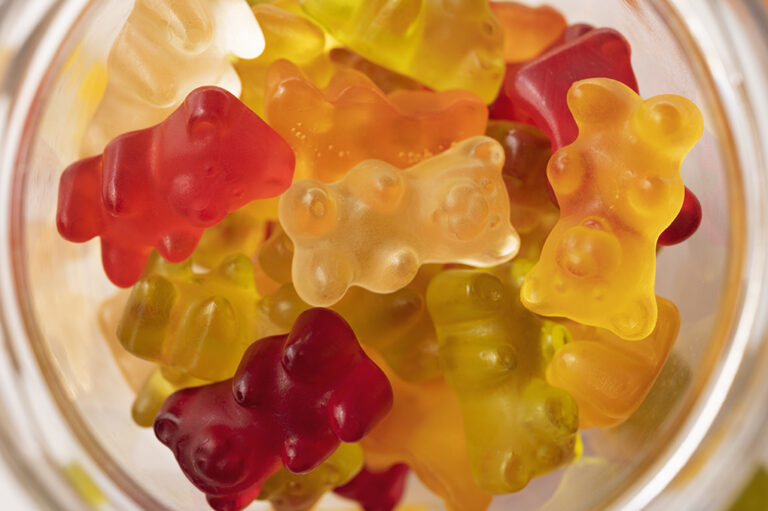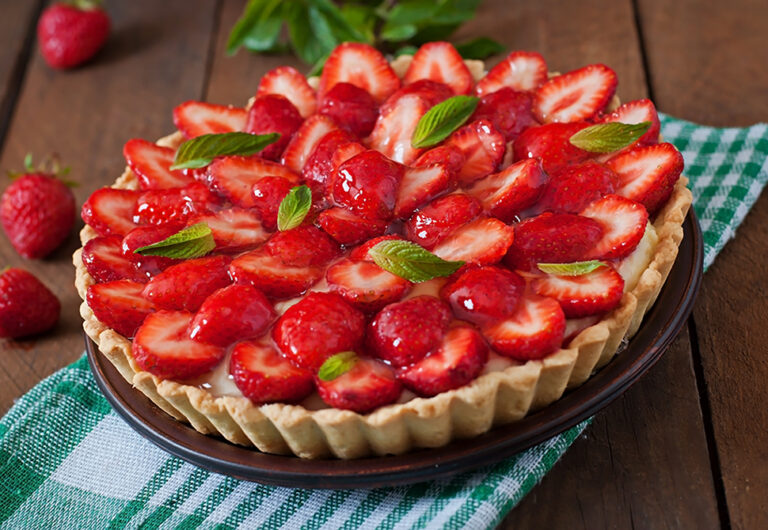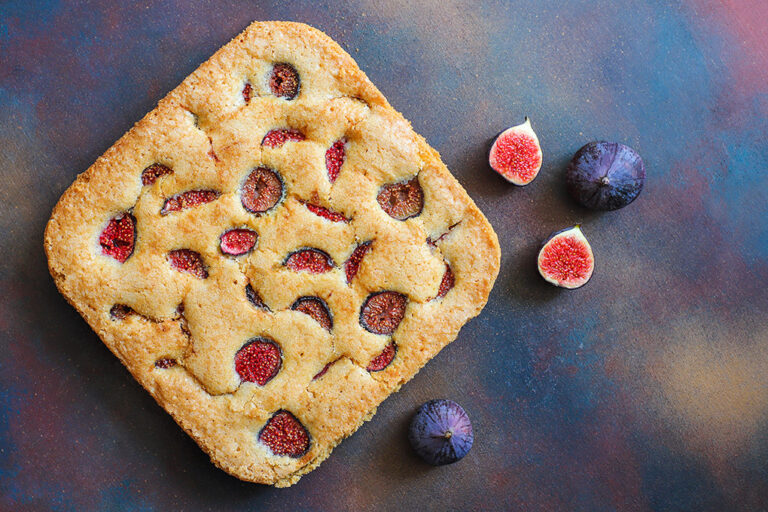Category: Jelly
The Joy of Jelly: A Sweet Delight in Every Shape and Flavor
Jelly is one of those magical desserts that never fails to bring a smile to the face of anyone who enjoys it. Its shimmering, translucent appearance, coupled with a delicate texture and vibrant flavors, makes jelly a favorite treat for all ages. But there’s more to jelly than meets the eye. In this article, we’ll explore the world of jelly, from its fascinating history to tips on making the perfect jelly at home.
The History of Jelly
Jelly has a long and storied history, dating back centuries. The earliest forms of jelly were made using natural gelling agents found in animal products, such as gelatin derived from boiled bones and cartilage. These jellies were often savory rather than sweet and were served as part of elaborate feasts in medieval Europe.
It wasn’t until the 19th century that jelly began to take on the sweet, fruity form we recognize today. The discovery and refinement of fruit pectin, a natural gelling agent found in fruits, allowed for the creation of fruit jellies that were both delicious and visually appealing. With the advent of commercial gelatin in the late 1800s, jelly became even more accessible, and its popularity soared.
The Art of Making Jelly
Making jelly is both an art and a science. The key to a successful jelly lies in achieving the perfect balance between the gelling agent, liquid, and flavoring. Here’s a breakdown of the essential components of jelly:
1. The Gelling Agent:
Gelatin: The most common gelling agent used in jelly is gelatin, which gives jelly its characteristic wobble. Gelatin is flavorless and odorless, making it ideal for a wide range of flavors.
Pectin: For fruit-based jellies, pectin is often used. Pectin is naturally found in fruits like apples and citrus and helps to set the jelly while enhancing the fruit flavor.
Agar-Agar: For a vegetarian or vegan alternative, agar-agar, derived from seaweed, is a popular choice. It creates a firmer jelly and is often used in Asian desserts.
2. The Liquid:
Juice: Fruit juices are commonly used as the base for jelly, providing both flavor and color. The juice can be freshly squeezed or store-bought, depending on the desired flavor.
Infusions: Herbal teas, coffee, or even wine can be used as a liquid base for more adventurous jelly flavors.
3. The Sweetener:
Sugar: Sugar is the traditional sweetener used in jelly, helping to enhance the flavor of the fruit or other ingredients. The amount of sugar can be adjusted to taste, but it also plays a role in the jelly’s texture.
Honey or Agave: For a natural alternative, honey or agave syrup can be used. These sweeteners add their own unique flavors to the jelly.
4. The Flavorings:
Fruits: Fresh or pureed fruits are often added to jelly to intensify the flavor and add texture. Berries, citrus, and tropical fruits are popular choices.
Herbs and Spices: For a more complex jelly, herbs like mint or spices like cinnamon can be added to create interesting flavor profiles.
Tips for Perfect Jelly Every Time
Making jelly may seem simple, but achieving the perfect set and flavor requires attention to detail. Here are some tips to ensure your jelly turns out perfectly every time:
Measure Accurately: The ratio of gelatin or pectin to liquid is crucial for the jelly to set properly. Always measure carefully to avoid a jelly that’s too soft or too firm.
Heat Gradually: When dissolving gelatin or pectin, heat the liquid gradually and avoid boiling, as this can affect the gelling process.
Chill Completely: Allow the jelly to set fully in the refrigerator before unmolding or serving. Rushing this process can result in a jelly that doesn’t hold its shape.
Experiment with Layers: For a stunning visual effect, try layering different flavors or colors of jelly in a single mold. Allow each layer to set before adding the next.
Creative Jelly Ideas
Jelly is incredibly versatile, and with a little creativity, you can transform this simple dessert into a show-stopping centerpiece. Here are some ideas to inspire your next jelly creation:
Fruit-Inspired Jelly: Create a fruit jelly that mimics the appearance of whole fruits. Use molds shaped like fruits and add small pieces of fruit inside the jelly for a realistic effect.
Jelly Cubes: Cut set jelly into small cubes and serve them in a bowl for a fun, bite-sized treat. Mix different flavors and colors for a vibrant presentation.
Layered Jelly Desserts: Combine layers of jelly with layers of cream or custard for a sophisticated dessert that’s both beautiful and delicious.
Sparkling Jelly: Add a touch of sparkling wine or champagne to your jelly mixture for a fizzy, festive treat perfect for celebrations.
Conclusion
Jelly is more than just a wobbly dessert—it’s a canvas for culinary creativity. Whether you prefer a simple fruit jelly or an elaborate layered creation, there’s no end to the possibilities with this delightful treat. At Teonzo, we celebrate the joy that jelly brings to every occasion and encourage you to experiment with flavors, shapes, and textures to create your own jelly masterpieces.
Happy jiggling!
